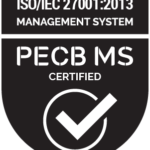Next Generation Privacy: Navigating the Privacy Continuum with End-to-End Privacy Risk Management
Introduction Technology has changed the way organizations conduct business. Millions of transactions with personal information are transmitted as data packets across jurisdictions... Learn More



